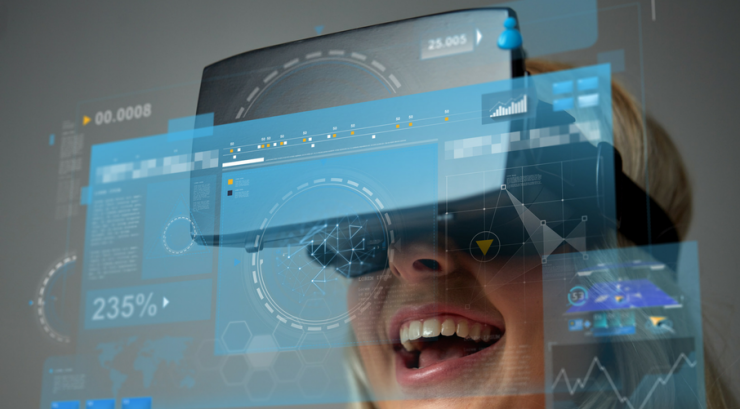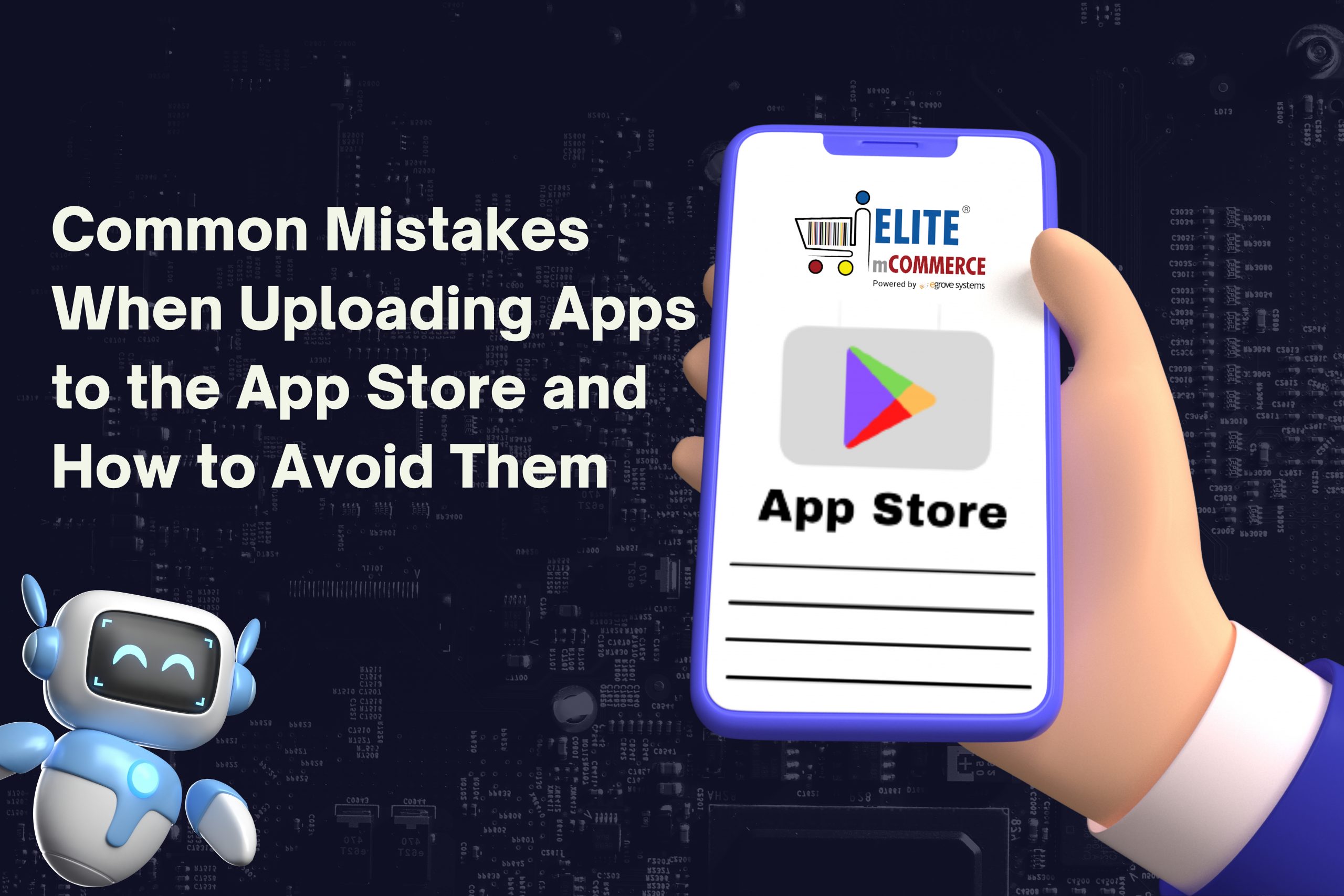Virtual Reality (VR) and Augmented Reality (AR). These are two major immersive technologies that are blurring the lines between our physical and virtual worlds.
Don’t get confused between VR and AR. Although both are immersive technologies, they both have striking differences between each other.
To cite an example: in VR, you experience an actual event in its virtual form, like swimming with the sharks. It happens in a virtual environment.
In AR you see the shark jump out of a basketball court or a magazine page or any surface. The experience takes place in a real environment.
Also, VR requires a head mounted device or glasses to render the experience. While AR can be experience through a screen like a TV or even a smartphone with specific mobile apps.
But, why the hype about VR and AR? If you are a business or a marketer, VR and AR holds explosive potential to reshape customer experience. And as everybody knows, a memorable customer experience is sure to translate into a long-term experience.
In what is to follow, we are listing out five major ways how VR and AR can revolutionize user experience at events and expos.
Immersive experience
VR and AR can deliver an immersive experience that is almost identical to real experiences. For instance, the San Diego Comic-Con set up a purpose-built dome where the VR experience was rendered on a large scale. The animation and graphics were grounded on the lines of the American Horror Story (AHS). The immersive experience was a step ahead than usual physical realities and helped audience enjoy an intimate experience that no ordinary movie or its trailer can deliver.
Loyalty schemes
Augmented Reality is a great way to integrate loyalty program tokens and stickers into public places. This innovative technology helps users to scan for loyalty programs using their mobile devices and redeem them via mobile apps or digital wallets at selected outlets. In fact, AR is also hailed as the next biggest revolution in retail events and expos.
Product Demonstrations
Virtual Reality and Augmented Reality apps can help demonstrate products with 3-D imagery. They eliminate the boredom and limited capabilities that power-point presentations are infamous for. Furthermore, it is possible to show demos in total detail, like how a product looks and works from the exterior as well as how the internal components to work in detail. This helps convince customers easily than through traditional demo aids. Several tech companies like Elitemcommerce have already pitched their stake in AR development to help companies accentuate their marketing and product demo efforts.
VR Gamification
Virtual Reality is best famous for entertainment and gaming. In VR gamification can make players feel a part of the environment, unlike traditional PC games which are restricted to screen sizes. This immersive experience will soon become commonplace like the XBOX and similar gaming consoles of today.
Conclusion
AR and VR – both these immersive technologies will go a long way in making events and expose more engaging and entertaining than ever before. These 5 ways prove establish that fact without any doubt.









Add comment